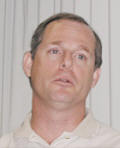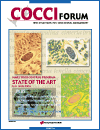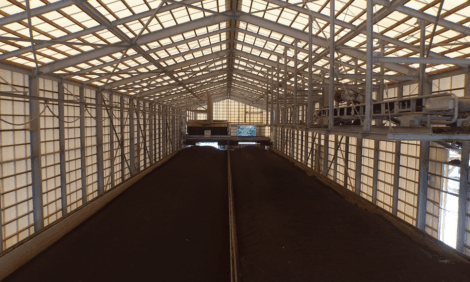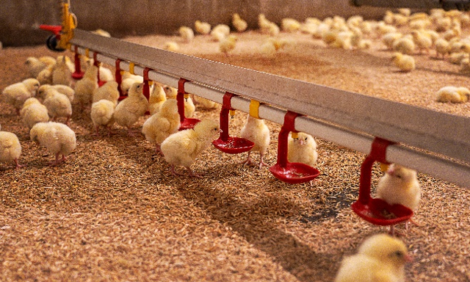



Big Gains for Small Birds
By Schering-Plough Animal Health. In this article Dr. Charles Broussard talks to SPAH's inhouse magazine CocciForum about recent results from coccidiosis vaccination trials. Dr. Charles Broussard |
To be vaccinated for coccidiosis or
not to be vaccinated: For broilers
raised to lighter weights, that is
the question.
Why wouldn't producers want to
vaccinate birds 4.2 lbs and less?
One old school of thought suggests
that vaccinating birds marketed at light
weights against coccidiosis results in
performance loss. That's because vaccination
introduces live coccidial oocysts
to the chickens - a process that produces
a reaction and subsequent intestinal
disruption.
With vaccinated birds managed in a
40- to 42-day or even shorter production
cycle, decreased feed intake and
weight gain setbacks could be intensified,
and perhaps never overcome.
New Evidence
Fortunately, a new school is evolving
to empower small bird producers with
tools for vaccination program success.
"We're learning that vaccination
reactions are not as severe as industry
once believed," says Dr. Charles
Broussard, a technical service veterinarian
with Schering-Plough Animal
Health.
"There are now data to show that
growth rate following vaccination is not
as suppressed as originally anticipated,
especially when optimum management
procedures are in place and feed
digestibility is increased."
According to a recent study conducted
by Southern Poultry Research,
Inc. (SPR), Athens, Ga., the impact on
overall performance is temporary and
vaccinated birds do catch up or experience
what nutritionists call "compensatory
gain."
In the SPR study, the vaccine
Coccivac-B was administered at hatching
to a group of 960 chicks in a spray
cabinet. Starting at day 1, another nonvaccinated
group of 960 was fed salinomycin
in starter and grower feeds,
according to SPR president Dr. Greg
Mathis. Commencing on day 14, individual
weights and feed consumption
were evaluated weekly for all birds in
both groups.
At day 14, average feed conversion
and live weights were similar in the
vaccine and salinomycin groups,
Mathis reports. By day 21, the vaccinated
group trailed behind the nonvaccinated
group. However, after 21 days,
the vaccinated birds recovered and
began to gain. About day 28, performance
declined in birds receiving the
anticoccidial due to the presence of
subclinical coccidiosis. Under normal
management conditions, this is a typical
occurrence when this ionophore is
used, Mathis notes.
"We found that the differences
between treatments quickly diminish as
the vaccinated birds recovered and the
salinomycin birds were slightly affected,"
Mathis says. "By day 35, performance
in both groups was essentially the
same, and remained so throughout the
remainder of the study."
Further information
Further information on SPAH's coccidiosis vaccines can be found on this website by Clicking Here
For more on Coccidiosis visit our on-line![]()
Cocci-Forum is an on-line magazine dedicated to poultry health news and practical disease management.
Alternatively, click on one of the links below to download a free electronic copy of the magazine in PDF:
 Issue No 4
Issue No 4Issue No 3 Issue No 2 Issue No 1 |
Source: Schering-Plough Animal Health - January 2005









